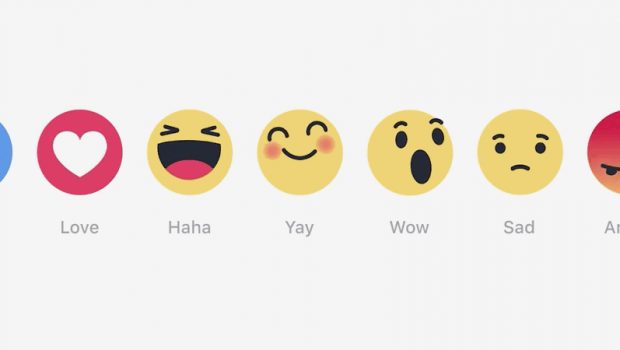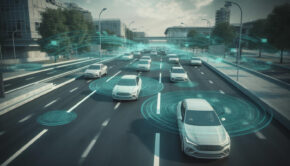Facebook’s New AI Can Recognize and React To Human Emotions
Human Beings Naturally Comprehend Emotion
Human beings have the ability to naturally comprehend the facial expressions of another person we by observing the multitude of tiny muscular movements that happen when we are communicating with others. The tilt of a head, the change in eyes and mouths all come together to help communicate how we are feeling to the other person, without having to verbalize it.
Whilst this comes naturally to humans, it is an incredibly difficult thing to replicate in robots. Attempting to make robots appear human often has the effect of sending humans into a state known as the “uncanny valley”. When it is done right though, it’s like hitting the jackpot at an NZD online casino, as for both the developers and those on the receiving end it is super rewarding.
The Uncanny Valley
The uncanny valley is a state of mind entered into by humans when they are exposed to something that is almost human like, but just not quite human like enough.
This phenomenon was first observed by Japanese roboticist Masahiro Mori. He hypothesized that as a robot’s appearance becomes more human-like, observer’s responses to the machine become more empathetic and positive, however when it reaches a certain point in its human-like development, the response quite quickly disintegrates and the observer begins to feel revulsion at the appearance of the robot.
But as the robot’s lifelikeness continues to increase, the observer again begins to feel positivity and empathy towards the robot. The state of mind the observer feels when it slips into revulsion is known as the uncanny valley, and is a major obstacle in the development of robotics.
Facebook’s AI Set To Overcome The Uncanny Valley
To overcome this phenomenon and create a robot that is more lifelike than any before it, Facebook AI researchers have set about creating a bot which responds naturally and appropriately to human emotion.
To achieve this, Facebook had its bot observe over 250 Skype conversations had by various humans. The algorithm in the bot was set to focus on a specific 68 points on the human’s faces during the skype conversations. Obviously, all faces are different, but the 68 points allow the bot to draw parallels and note a common thread between facial expressions and emotions of humans.
Over a period of time, the bot began to note and respond to the facial expressions of humans appropriately, and when the Skype sessions portion of the experiment was over, the bot was tested by exposing it to a conversation where it made all the appropriate responses to the conversation. So, for example when the human in the conversation laughed, the bot would throw back its head and open its mouth as though laughing in response.
The next step in the experiment was to expose the emotion sensitive bot to a panel of human observers. They did so and compared the bot’s responses to conversation alongside a human’s responses. The panel unanimously agreed that the bot’s mannerisms were as lifelike and natural as the human’s responses.
The Future of AI Emotion Sensitive Bots
Although Facebook’s AI bot is still very much in the early stages of development, the avoidance of the uncanny valley with this emotion sensitive bot goes a long way towards the creation of an AI intelligence that will be comparable to a life like human being. It is also proof that just like Android and Apple, Facebook is intent on forging towards a brave new future, where AR, VR and AI are all part of our everyday lives.
AI intelligence is still a very controversial topic, with opposing views on the subject, however AI is very much a part of our present, and set to stay in the future. A bot that is like us could very well go a long way to helping its user’s mental health and state of mind.

















